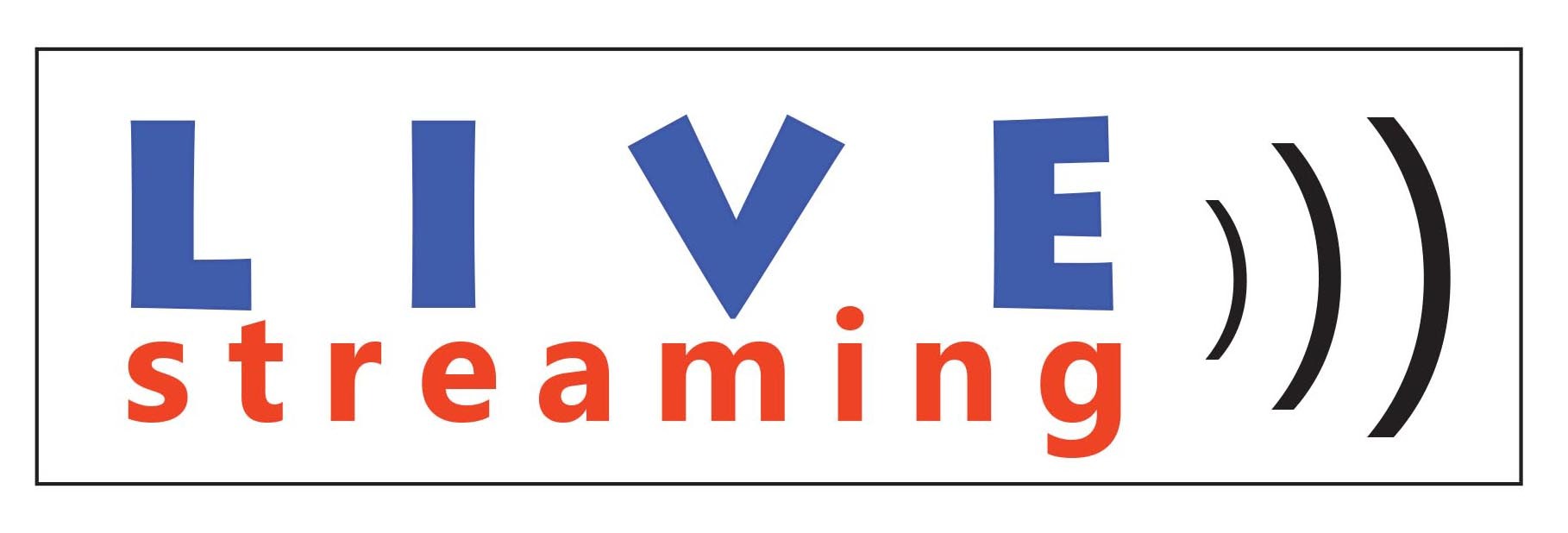Shabbat Shalom with a Heart Healthy Dose of Torah-Ki Teitzei
Throughout the Bible, we find texts that just do not seem to make sense. Our sages begin studying with the presumption that everything in Torah serves a purpose. Our challenge is to read past the literal text to pull out the hidden kernels of ethical and moral conversation starters. This week we have such texts.
Sha-atnez. According to this week’s portion, one is not allowed to wear a garment of mixed linen and wool: in Hebrew – “Sha-atnez.” Additionally, we read that one cannot yoke a donkey and an ox to the same plow. Further, one is not allowed to sow the seeds of one plant in the areas in which a different plant grows. The Hebrew term is “kilayim (mixing).”
The kilayim symbolize the need to give dignity to everything created. In as much as most of us are not agrarian, these “prohibitions” are metaphors; they provide allegorical conversation starters. Our job, in studying Scripture is always to look past the literal to see how a 2500-year-old text can stay relevant in each generation … no matter where we live or what our occupation.
Yoking an ox and a donkey to the same plow over taxes one and under appreciates the other. They function differently. In our own day, we have seen that altering the DNA of plant life has not played out well. The movement for non-genetically modified organisms (non-GMOs) is not aimed at biblical purists. We now know that genetically modifying foods destroy the nutritional value of the food. Most developed nations do not consider GMOs to be safe and have placed significant restrictions and, sometimes, outright bans on the production and sale of GMOs. On a pragmatic and ethical level, these two “prohibitions” make a lot of sense.
When it comes to sha-atnez, though, we have to read carefully. The text does not prohibit mixing linen and wool in the creation of the garment, only that one cannot wear such a garment. Further, for non-clothes items, sha-atnez poses no ritual problems. Mixed fabric rugs, curtains, or sheets are ritually pure. The rabbis debate whether sha-atnez refers to the weaving of two species into one thread (spinning them into one yarn) or to simply the act of using both (even distinctly) in the same garment. Whichever the take, the problem roots in the creation of an artificially “new” species that exists only for our pleasure. More severe than yoking two different animals to the same plow or sowing differing seeds that might graft together, with Sha-atnez, we speak of grafting an animal product to a plant. The question over which centuries of sages argue revolves around why it only applies to garments that people wear. Perhaps the mystics provide us the best answer. We are most vain when it comes to our appearance. We dress and carry ourselves in accordance with how we feel about ourselves or how we want to portray our persona to others. Lacking the confidence to be strong on our own, many hide behind artificially created masks; our manufactured persona.
So, spiritually speaking, the first two prohibitions remind us to appreciate the blessings that we possess as we are, where we are, and who we are. The conversation around sha-atnez pokes at us closer still to our soul. We live in a world where each of us engages in fantasy. There is the trip we would love to take, the home we would love to own, and the celebrity we would love to date. When, however, that fantasy becomes the persona we project to the world, we cross a line. If we are embarrassed or discontented with who we are, such that we have to pretend to be someone else, we should stop pretending and become the true owner of the persona we want to project. In short, as the band Sister Hazel once put it, “If you’re tired of fighting battles with yourself, if you want to be somebody else … change your mind.” Become the person you want people to know as you, and garner all the blessings that come with this evolution. Shabbat Shalom.

